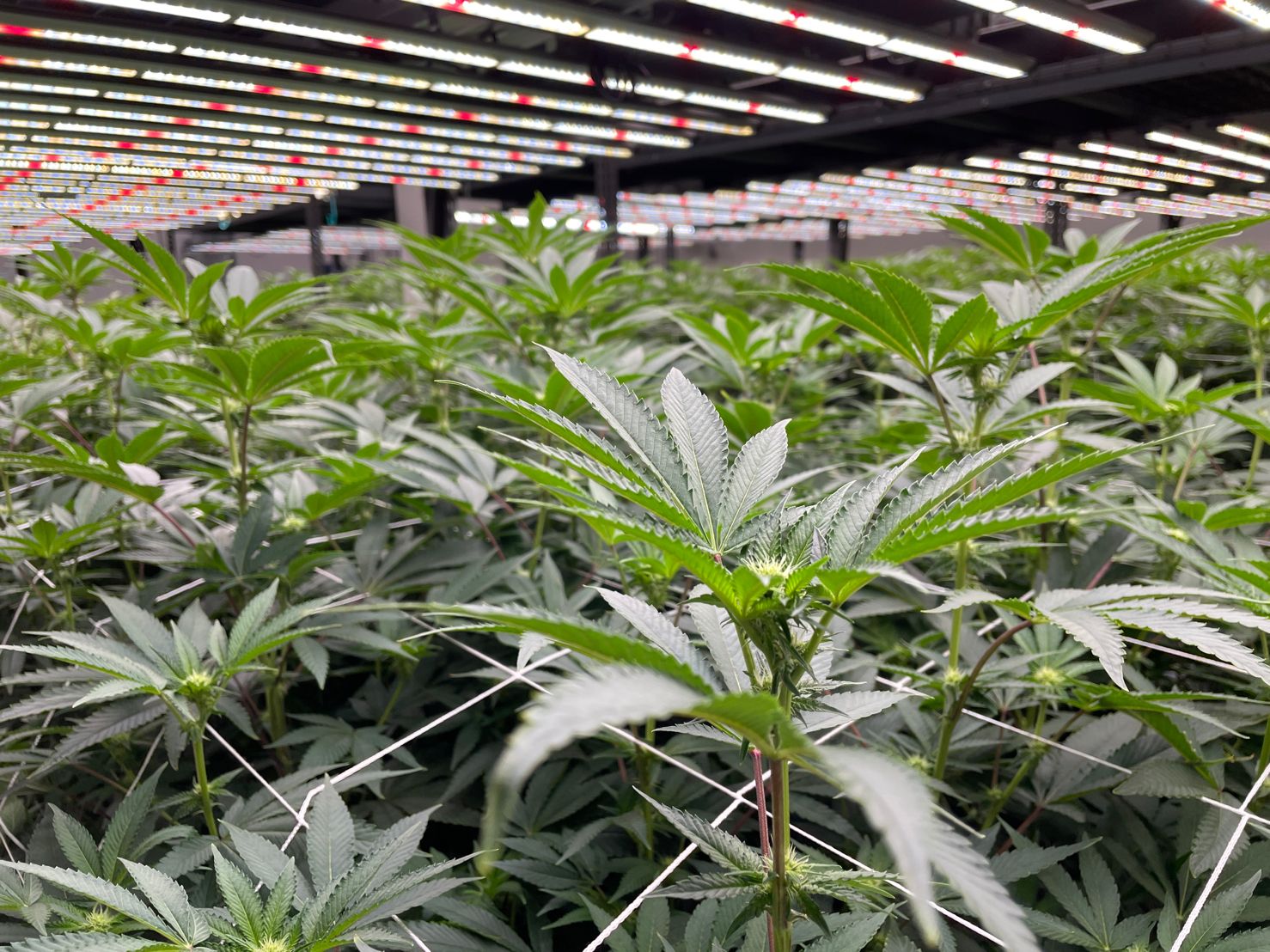With the development of LED technology, LED grow lights provide indoor growers with the opportunity to reduce the overhead of their operations while increasing the quality of their plants. As we know, LED lighting does not generate a significant amount of heat. So indoor cultivators find that they do not have to cool their grow spaces to the extent needed when using HID lights. In addition, the directional lighting provided by LED lights is much more energy efficient than HID or HPS grow lights. As a result of these factors, growers who switch to LED grow lights realize as much as a 60-70 percent drop in their electricity bills.
Switch To LED Grow Lights To Improve Plants Yields Efficiently
Electricity expenses constitute a major part of the overhead with indoor farms and gardens. So the cost savings alone are enough to motivate people to make the switch to LED lighting. Once growers successfully transition to LED grow lights, they soon discover another bottom line benefit – improved quality of their plants as well as increase yields. From the results we’ve tested, high-quality LED grow lights increase plants yields by 50 percent and plants grow 2.5 times as fast when compared to grow operations using traditional illumination. What do you need to do after make your switch to LED grow lights ?
How To Maximize the Advantage Of The Benefits Of LED Grow Lights
LED grow lighting provides an efficient source of directional light with less heat output compared to HID and HPS lights. Growers find they have to make adjustments in their grow operations. These tips below will help you maximize the advantages of using LED grow lights.
1. Monitor the Temperature of Your Grow Room
Growing operations using HID lights require a high level of cool air circulation to prevent the plants from dehydrating. Growers who switch to LED lighting find the grow room environment much cooler than when they used HID lights. That is because LED grow lights convert electricity to light directly. Another advantage of LED lights is that they do not leave a thermal signature. When transitioning to LED grow lights, make sure keep a close watch on the temperature of your grow room to maintain an optimal environment for your plants.
2. Avoid Overwatering Plants
Since HID lights generate a significant amount of heat and infrared light, which both cause water evaporation, growers have to water their plants frequently to make up for the water loss. However,LED grow lights are a source of low output lighting and the do not generate light in the infrared spectrum. So plants and soil tend to retain water. In fact, indoor grow rooms using LED lighting use 80 percent less water than outdoor operations.
3. Automation Provides Defined Light Cycles for Optimal Plant Growth
In nature, light provides plants with a rhythm that defines periods of growth, flowering, and dormancy. For optimal plant growth, indoor growers need to mimic these light cycles. The easiest way to provide plants with the appropriate amount of exposure to light is to automate your LED light setup with a timer. Remember a plant’s need for light exposure changes during its life cycle. For example, a plant during its vegetative phase requires 18 hours of light, while reducing its light exposure to 12 hours each day triggers flowering.
4. Pay Attention to the LED Recipe Used in Your Grow Lights
Just like plants require different lights cycles during various stages of their development, they also need specific wavelengths of light during various growth periods. In general, plants need exposure to light in the blue, white red, and far red spectrums. Keep in mind that dark green leafy plants need exposure all blue light wavelengths to thrive, while exposing flowering plants to light in the far red range decreases the flowering time, which means less waiting time before harvesting the crop.
5. Pay Attention to the Height When Mounting Your LED Grow Lights
Plants use 100 percent of the light generated by LED lights, as opposed to 10 percent when HID light are used. So growers find they need to mount their LED lighting systems lower than their old HID lights since there is virtually no heat emitted from LED grow lights. Additionally, the placement of the light needs to provide even light distribution while allowing penetration into the plant canopy.
6. Install Multiple LED Grow Light Units
By installing several LED grow light units, you permit the light to overlap, which maximizes the light distribution. This efficiency provides appreciable savings in electricity costs.
As a Grower, you can follow these recommendations when they switch to high-quality LED lighting. You will find you quickly realize a positive return on your investment.

